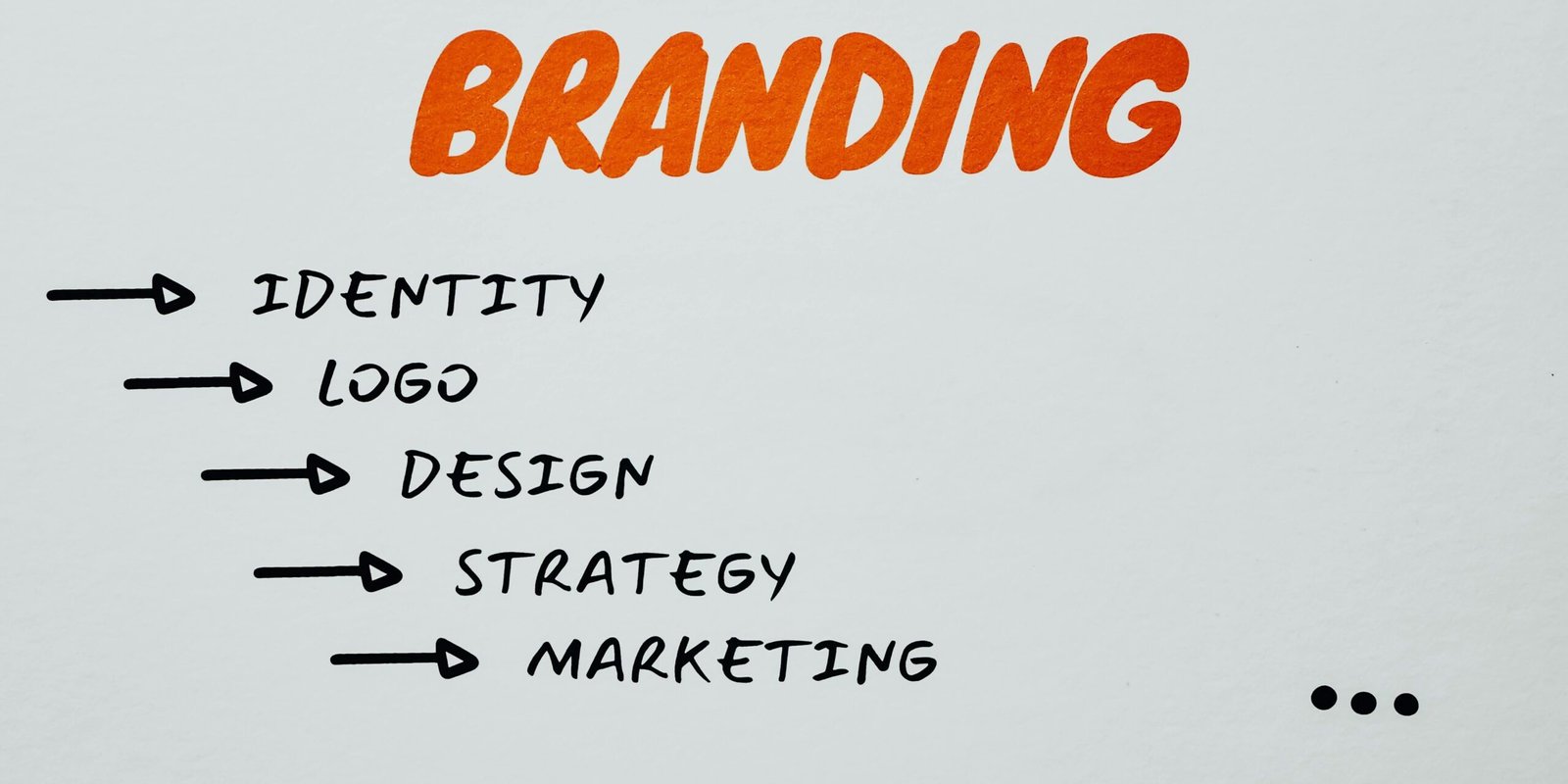How to Conduct an HR Investigation in 8 Steps
Introduction
Conducting a thorough and effective HR investigation is crucial for maintaining a fair and safe workplace. When allegations of misconduct, harassment, discrimination, or other issues arise, it’s essential to address them promptly and professionally. An HR investigation helps determine the facts, ensures compliance with company policies and legal requirements, and protects the rights of all parties involved.
Step 1: Prepare for the Investigation
Understand the Allegation
The first step in conducting an HR investigation is to understand the nature of the allegation. This involves:
- Reviewing the Complaint: Carefully read the initial complaint or report. Gather as much detail as possible to understand the context and specifics of the issue.
- Identifying the Policies Violated: Determine which company policies or laws may have been violated. This helps in framing the investigation and ensuring it addresses the relevant concerns.
Plan the Investigation
A well-planned investigation ensures efficiency and thoroughness. Consider the following:
- Determine the Scope: Define the scope of the investigation based on the nature and seriousness of the allegation.
- Assign Investigators: Choose impartial investigators with no conflicts of interest. Depending on the complexity, you may need one or more investigators.
- Develop a Timeline: Set a reasonable timeline for each phase of the investigation to ensure it progresses efficiently.
Step 2: Gather Initial Information
Collect Documents and Evidence
Before conducting interviews, gather relevant documents and evidence. This may include:
- Emails and Correspondence: Review relevant emails, messages, and other communications.
- Personnel Files: Check the personnel files of the individuals involved for any relevant history.
- Policies and Procedures: Review the company’s policies and procedures related to the allegation.
Secure the Evidence
Ensure that all collected evidence is stored securely to maintain its integrity. Digital evidence should be backed up, and physical evidence should be kept in a safe place.
Step 3: Conduct Preliminary Interviews
Identify Key Witnesses
Determine who needs to be interviewed. This usually includes:
- Complainant: The person who made the complaint.
- Accused: The individual(s) against whom the complaint is made.
- Witnesses: Any individuals who may have witnessed the incident or have relevant information.
Prepare Interview Questions
Develop a list of questions tailored to each interviewee. Questions should be:
- Open-Ended: To elicit detailed responses.
- Relevant: Directly related to the allegation and facts you need to uncover.
- Neutral: Avoid leading questions that could bias the responses.
Step 4: Conduct Interviews
Establish a Safe Environment
Create a safe and confidential environment for interviews. This helps interviewees feel comfortable and willing to share information.
Record the Interviews
With the interviewee’s consent, record the interviews. If recording is not possible, take detailed notes. Ensure that the records accurately reflect what was said.
Ask Clarifying Questions
During the interviews, ask clarifying questions to ensure you fully understand the responses. Summarize what you’ve heard and ask the interviewee to confirm the accuracy of your understanding.
Step 5: Analyze the Evidence
Review Interview Notes
Carefully review the notes or recordings from the interviews. Look for:
- Consistencies and Inconsistencies: Compare statements from different interviewees to identify common facts and discrepancies.
- Supporting or Contradicting Evidence: Correlate interview responses with the documentary evidence you gathered.
Assess Credibility
Evaluate the credibility of each interviewee. Consider factors such as:
- Consistency: Whether their statements are consistent over time.
- Motive: Any potential motives for providing biased information.
- Behavior: The demeanor and behavior of the interviewee during the interview.
Step 6: Make a Determination
Weigh the Evidence
Weigh all the evidence collected to make a determination. This involves:
- Assessing the Facts: Determine the facts of the case based on the evidence and testimonies.
- Applying Policies: Apply the relevant company policies and legal standards to the facts.
Document Findings
Prepare a detailed report documenting the investigation process, findings, and conclusions. The report should include:
- Summary of Allegation: A brief overview of the complaint.
- Investigation Process: Description of the steps taken during the investigation.
- Findings: Detailed findings from the interviews and evidence review.
- Conclusion: The determination made based on the findings.
Step 7: Take Appropriate Action
Consult with Management and Legal
Before taking any action, consult with senior management and legal counsel to ensure the action is appropriate and compliant with company policies and legal requirements.
Implement Actions
Based on the findings, implement the necessary actions. These may include:
- Disciplinary Measures: If the allegation is substantiated, appropriate disciplinary action should be taken against the accused.
- Policy Revisions: If the investigation reveals gaps in company policies, revise them to prevent future issues.
- Training: Provide training to employees to reinforce the company’s policies and prevent future incidents.
Step 8: Follow-Up and Closure
Communicate the Outcome
Communicate the outcome of the investigation to the involved parties. Maintain confidentiality and provide only the necessary information. Ensure the communication is respectful and sensitive to all parties.
Monitor the Situation
Monitor the workplace to ensure that the issue has been resolved and that no retaliation occurs against any of the parties involved.
Evaluate the Process
After closing the investigation, evaluate the process to identify any areas for improvement. This helps in refining future investigations and ensuring continuous improvement.
Conclusion
Conducting an HR investigation is a critical process for maintaining a fair and safe workplace. By following these 8 steps—preparing for the investigation, gathering initial information, conducting preliminary interviews, analyzing the evidence, making a determination, taking appropriate action, and following up—you can ensure a thorough, fair, and effective investigation.
Addressing issues promptly and professionally not only helps in resolving the specific incident but also reinforces a culture of accountability and trust within the organization. By adhering to best practices and maintaining a clear and consistent approach, HR professionals can effectively manage investigations and uphold the integrity of their workplace.
FAQs
How long does an HR investigation typically take?
The duration of an HR investigation can vary widely depending on the complexity of the case, the availability of evidence, and the number of people involved. On average, an investigation can take anywhere from a few weeks to a few months.
What should be included in an HR investigation report?
An HR investigation report should include a summary of the allegation, a detailed description of the investigation process, findings from the interviews and evidence review, and the final conclusion. It should be clear, factual, and free from bias.
Can an employee refuse to participate in an HR investigation?
While employees can technically refuse to participate, non-cooperation can have consequences. It may lead to disciplinary action or impact the investigation’s outcome. Employers should encourage participation by ensuring confidentiality and explaining the importance of the investigation.
What are the consequences of a flawed HR investigation?
A flawed HR investigation can lead to several negative outcomes, including unresolved issues, legal liabilities, damage to employee morale, and loss of trust in HR. It is crucial to follow best practices to ensure a fair and thorough investigation.
How should HR handle retaliation against complainants or witnesses?
HR should have a zero-tolerance policy for retaliation. If retaliation occurs, it should be investigated promptly and addressed with appropriate disciplinary measures. Communicate to all employees that retaliation will not be tolerated and that those who experience or witness retaliation should report it immediately.
- 105 views





